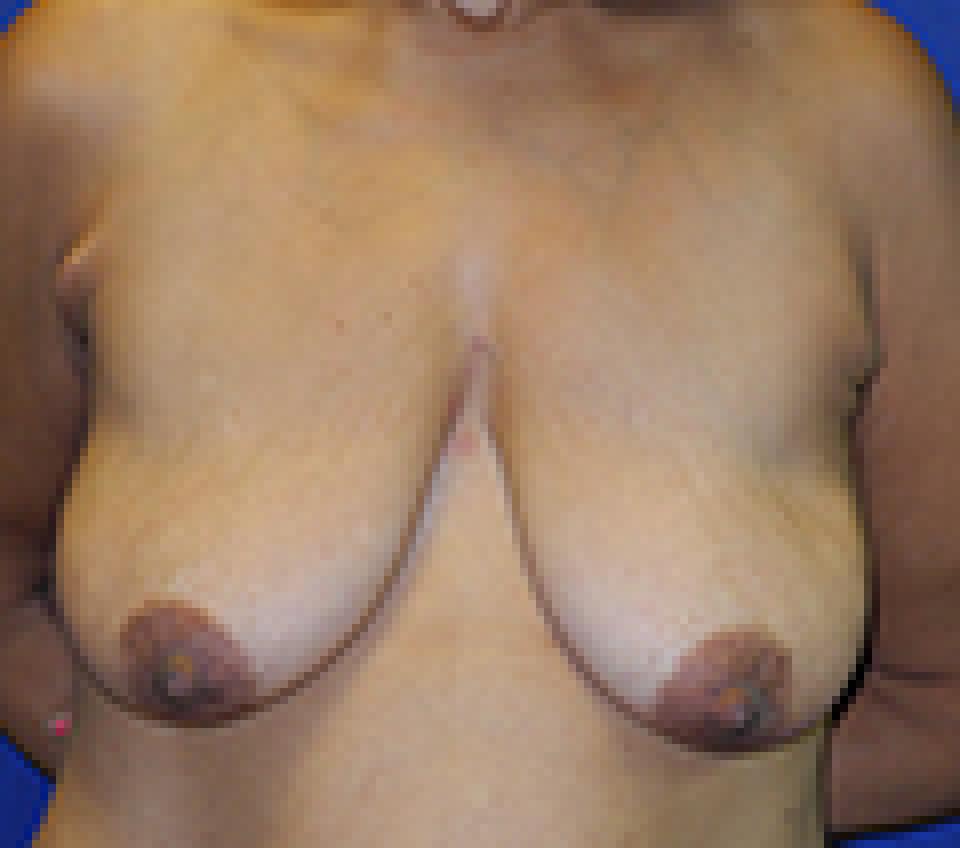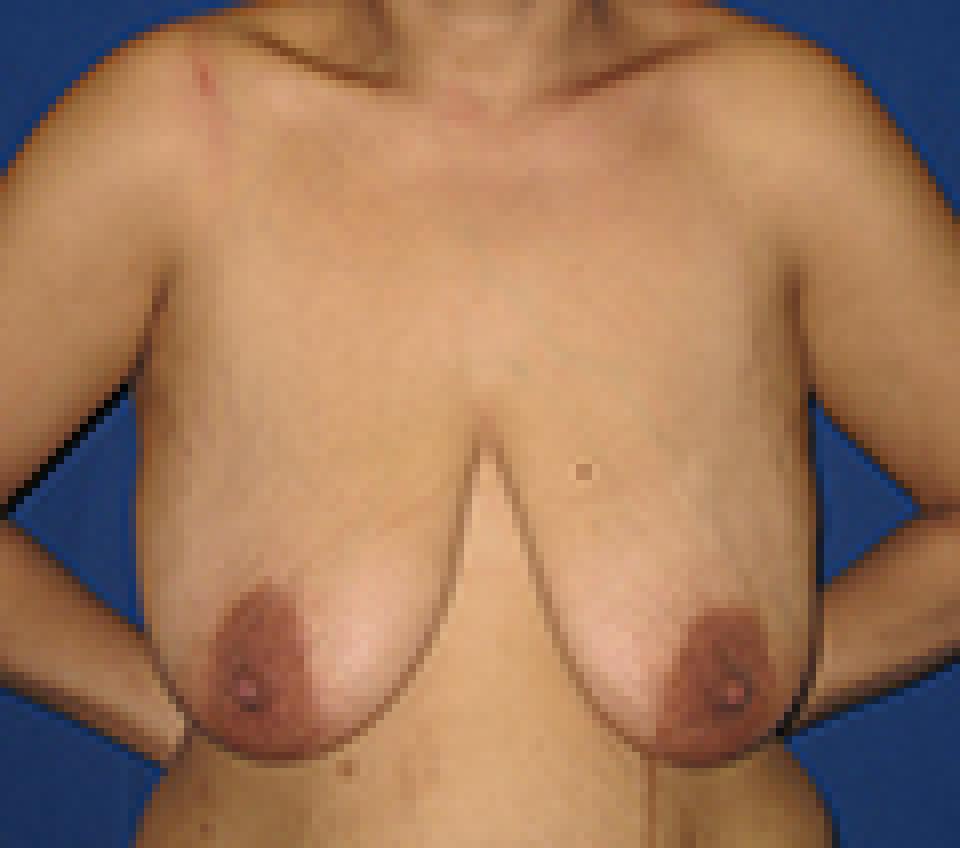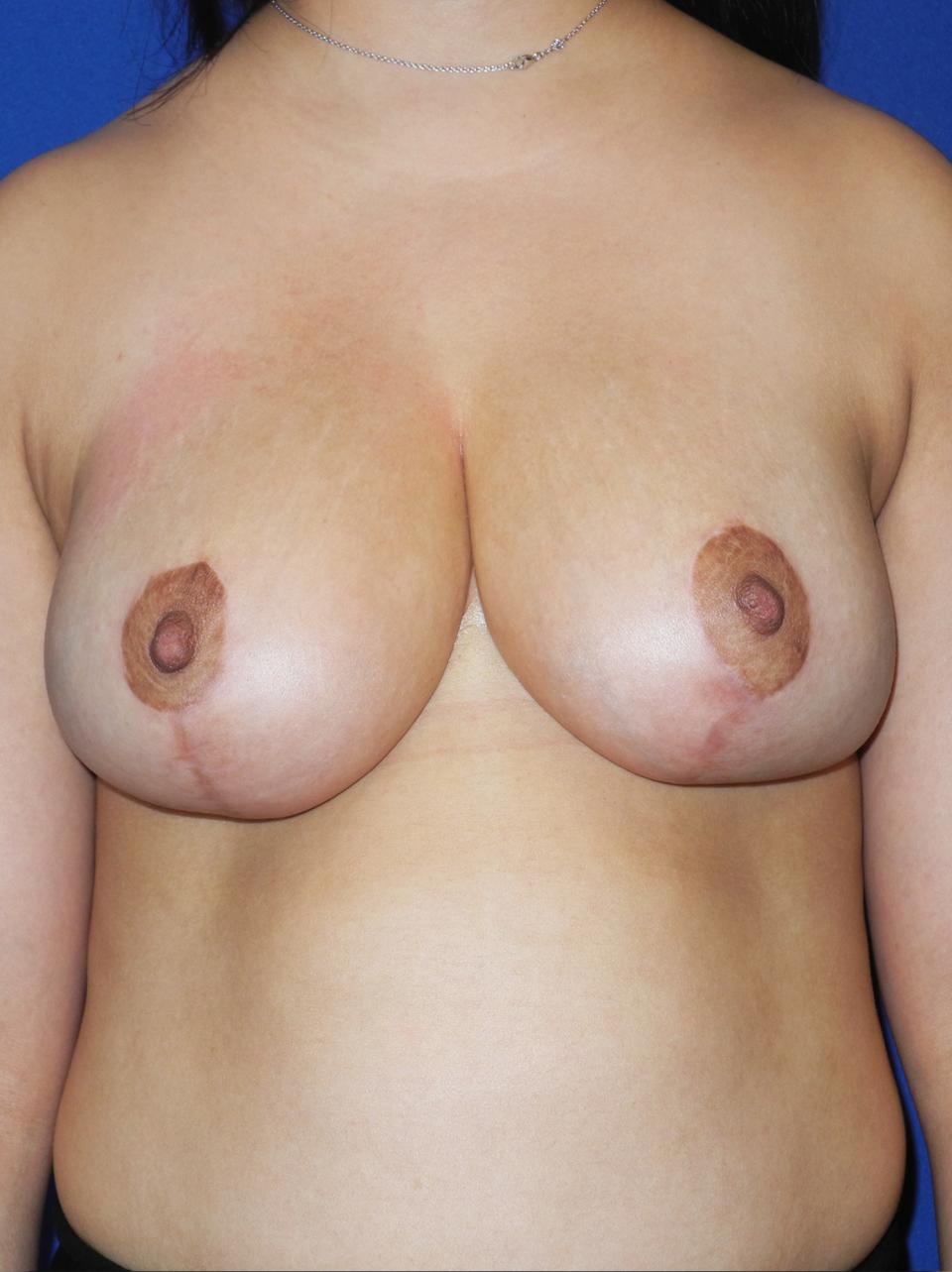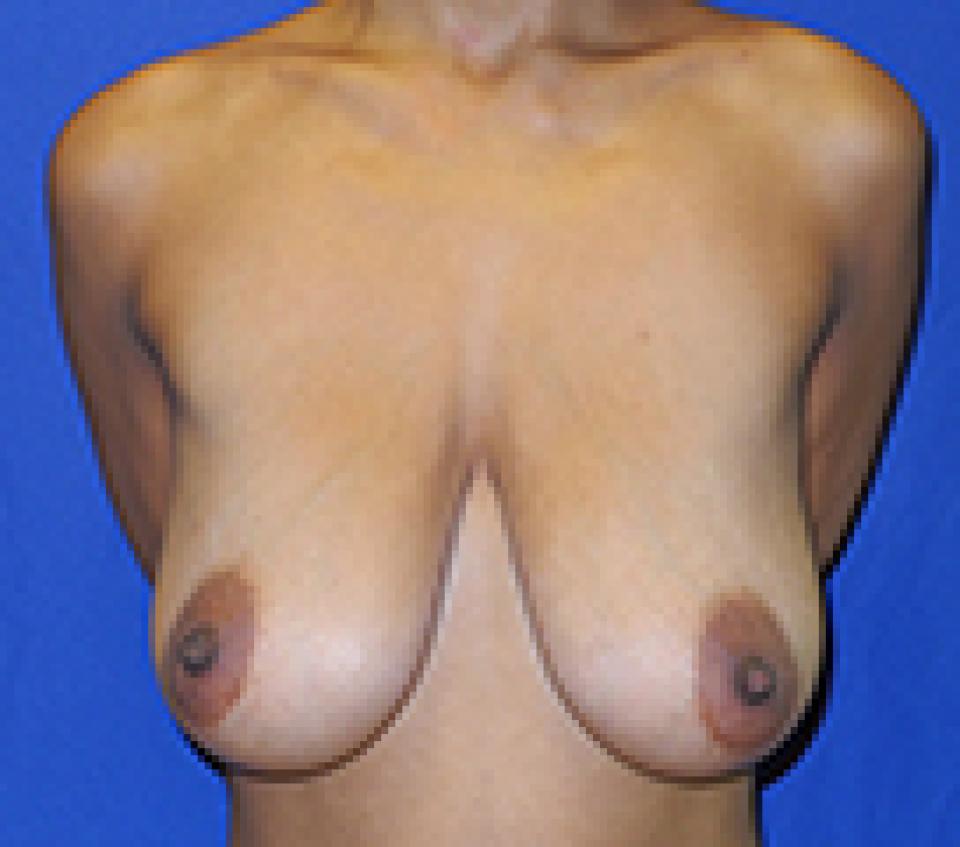One of nature's ironies is that the supple breast, frequently a symbol of femininity and fertility, can be affect so unfavorably by multiple pregnancies. Breasts may begin to droop because of changes that occur during and after pregnancy, because of weight-loss or simply as a result of time.
There are a number of factors that contribute to the appearance of breasts changing over time. Breast ptosis, commonly known as breast droop, is a condition where the breasts change shape due to a stretching of the suspensory ligaments as well as a change of the consistency of the internal breast tissue. Aging causes the fibrous supporting tissue of the breasts to stretch out causing an elongation and change of shape. While this condition is not dangerous, if not addressed then the breasts will continue to droop in a manner that changes their aesthetic appearance and causes the nipple complex to project downward. A breast lift is a typical procedure that can address this problem.
A breast lift can be performed as an independent procedure or it can be performed with a series of technical manuevers during a breast-reduction. There are cases where during a breast-lift it is possible to rearrange tissues in a manner that mimics the cosmetic appearance of an implant however using the body's own natural tissue.
 before
before
 after
after
This case depicts a 47 year old woman who had borne two children and felt that her breasts had developed a sagging and deflated appearance.She underwent a vertical or "lollipop" incision breast lift along with placement of 300 cc smooth, round saline implants beneath the pectoralis muscles.
Her post-operative photographs depict her appearance approximately two months after surgery.This procedure also involves reduction of the areolas as needed in order to create a balanced and aesthetically attractive appearance. Asymmetries between the breasts can often be significantly improved as well.
 before
before
 after
after
This 49 year old woman reached her plateau weight after losing 100 pounds following bariatric surgery. She is an excellent example of an individual whose breast tissue had been largely replaced with fat and as such, after massive weight loss, there was not enough breast tissue remaining to rearrange into a new breast shape that appeared typical of what one might expect after a breast lift or mastopexy.
From an aesthetic standpoint, this woman informed me that she would be satisfied with any improvement in her breast shape. Her primary goal, however, was to remove the extra skin that otherwise laid across her abdomen unless she wore an underwire bra. Her skin had lost a great deal of its elasticity and was unlikely to tolerate insertion of an implant to replace lost volume without sagging or becoming ptotic in a relatively short period of time. The use of commercially available skin substitutes, which would have allowed use of an implant, was not an option for her.
Her post surgical photographs show her result after I performed a breast lift or mastopexy using a short scar technique that leaves behind scars in the shape of a “lollipop.”
 before
before
 after
after
This 26 year old woman reached her plateau weight after losing 74 pounds following bariatric surgery. She had a breast lift or mastopexy using a technique which leaves behind scars in the shape of an “anchor.”
In some patients who lose a large amount of weight, the natural end point of the breast laterally disappears and the breast appears to continue around towards the back. This is what has happened to this woman.
In selected individuals who have this problem, the “anchor” scar type breast lift can be amended to remove that skin excess on the side of the body beneath the arm. This is the reason that I selected that particular breast lift technique in this woman even though the scars that it leaves behind are longer and more difficult to conceal in a swimsuit.
Looking at her photographs after surgery, it is obvious that there is no longer a "wing" of skin that continues laterally towards the back. Instead, the breast has a round shape and ends as it typically does before the side of the body that lies beneath the arm.
Unfortunately, there is now a visible scar there. This is an example of what I refer to as a “trade off” in plastic surgery. It is important to decide what is more important to each individual patient- a scar or better contour. Sometimes, it is not possible to have both!
 before
before
 after
after
This 37 year old woman reached her plateau weight after losing 91 pounds following bariatric surgery. She had a breast lift or mastopexy using a technique which leaves behind scars in the shape of an “anchor.”
A breast lift or mastopexy is an operation which rearranges breast tissue so that the new breast shape is typically shorter and rounder. Unfortunately, patients who have lost a large amount of weight often do not have enough breast tissue remaining to rearrange into a naturally appearing breast. This woman was fortunate to have enough breast tissue after a 90 pound weight loss to achieve the breast shape that is visible in her post surgery photographs.
While an implant can provide the volume that is lacking after massive weight loss, the weight of the implant can also be very taxing on compromised skin, such as that which is typical after massive weight loss. Commercially available skin substitutes can provide the strength needed for successful use of implants in such cases.
 before
before
 after
after
This individual suffered from gigantomastia and underwent a breast reduction in which almost three and a quarter pounds of weight was removed from the breasts.
The breast reduction was performed in a manner that so that the breasts were shortened in length and lifted. This photograph was taken at approximately four months following surgery. No liposuction was performed in this procedure.
 before
before
 after
after
This individual underwent a breast reduction in which almost two and a quarter pounds of weight was removed from the breasts. The breasts were shortened in length and lifted to give a rounder appearance. This photograph was taken at approximately four months following surgery.
Liposuction of the tissue that lies between the upper outer quadrant of the breast and the upper arm as well as the side of the body directly beneath the arm pit area can decrease bra band size and give the breast a narrower appearance after surgery.
 before
before
 after
after
This individual suffered from large breasts, breast droop and extra tissue in the breast tail and armpit area. She underwent a breast reduction in which slightly more than two and a half pounds of weight was removed from the breasts.
With integrated breast and torso contouring, the breasts are not only shortened in length but then contoured with liposuction to give a rounder appearance. These techniques allow a breast reduction to look like a breast lift. This photograph was taken at approximately five months following surgery. Scars, while still visible, are still expected to mature and fade over the next year.
 before
before
 after
after
This 24 year old woman had a breast lift or mastopexy to correct sagging of her breasts that occurred as a result of changes related to pregnancy. I used a short scar breast lift or mastopexy technique which leaves behind scars shaped like a “lollipop.” Some breast lifts or mastopexies are performed using a technique that results in scars that look like an “anchor,” but I prefer to use this shorter scar technique because scars are never visible in the cleavage nor on the side of the body beneath the arm. This makes swimsuit selection much easier.
How the breasts will change as a result of pregnancy varies from one woman to the next. Some women’s breasts look very similar after pregnancy. Others change drastically in their appearance after even a single pregnancy.
This woman was fortunate to have enough breast tissue to rearrange into a relatively full and natural appearing breast without the need for an implant.
Skin elasticity, which refers to the ability of skin to “snap back” after being stretched, also varies from one woman to the next. In people who have poor elasticity, surgical results do not last as long. In such people, using an implant to replace volume can predispose that individual to an earlier recurrence of the initial problem because the implant has weight and taxes already compromised skin. Commercially available skin substitutes can provide the strength needed for successful use of implants in such cases. Use of such substitutes adds expense and complexity to the surgery, however.
 before
before
 after
after
This case depicts a 52 year old woman who was happy with her breast size, but wished to have more shapely breasts. She underwent a short scar or "lollipop" incision breast lift. No implant was needed to achieve the breast size and shape she ultimately achieved.
The post-operative photographs depict her appearance at 9 months after surgery.
If a woman wished to have only a slightly larger bust size or slightly more fullness in the upper half of the breast, then a small implant may be added at the same time that the breast lift is performed.
Questions Related to Breast Lift
Dr. Belsley's Philosophy of Breast Lift (Mastopexy)
In my practice, I perform breast lifts using incisions that result in a “lollipop” shaped scars. With good care and a bit of luck, these incisions heal well and the scars are difficult to see from a distance. Nevertheless, a woman who undergoes a cosmetic breast lift must be prepared for scars that are visible. This is one example of a “trade-off” in plastic surgery and of course, there are many others. This is one, however, that I feel is more than worthwhile in appropriate candidates.
More >>Ptosis is the degree of breast droop corrected by a mastopexy
Otherwise known as a “breast lift,” the procedure is to reposition and possibly reshape the breast into a more desirable position. Although it does not by definition include breast enlargement, that may be performed at the same time.
Anyone who is not satisfied with the position of either breast is a candidate for this operation, but typically it is performed on the woman who was previously satisfied with the position of her breasts, but the Cooper’s suspensory ligaments have lengthened following pregnancy, and/or weight gained then lost, and/or aging, and the nipples are lower than she (or her partner) would wish. The contents of the breast may not be interfered with by the surgery, and lactation in a subsequent pregnancy will remain possible.

